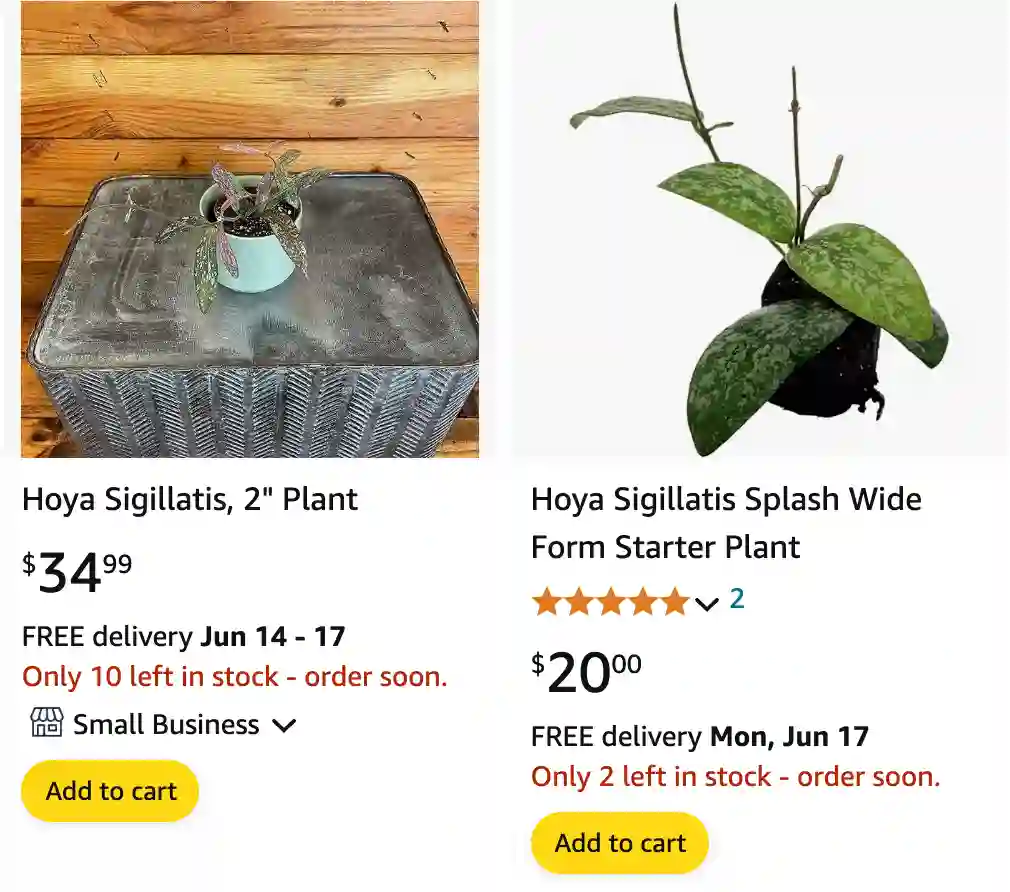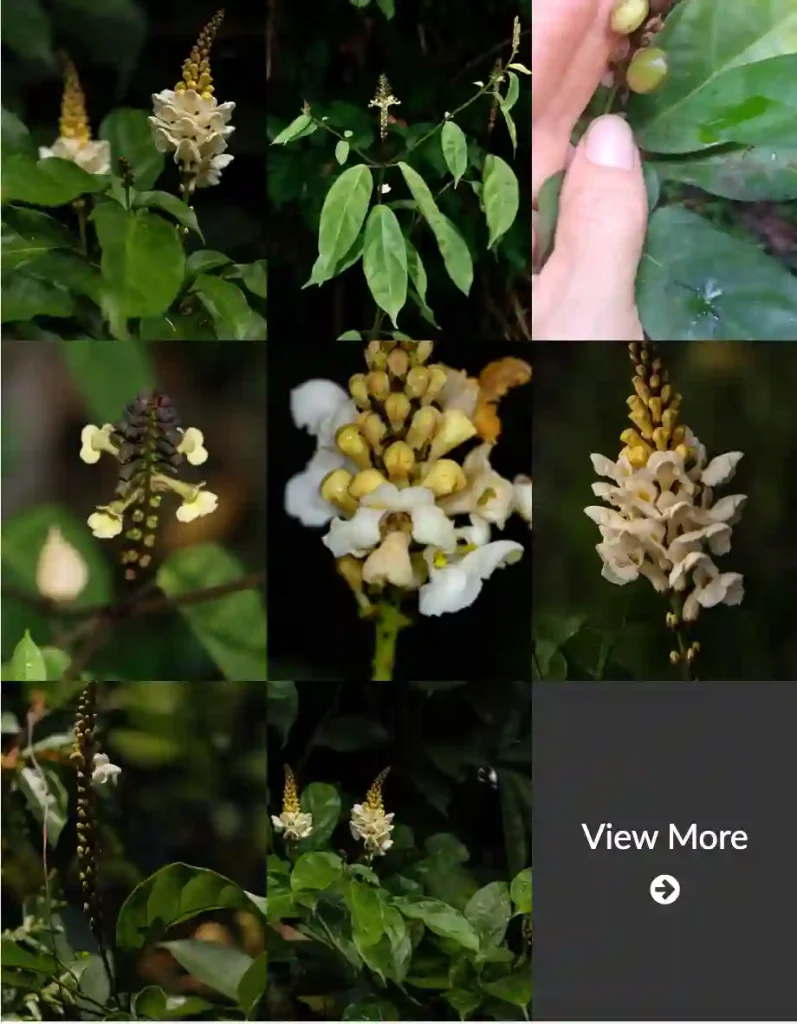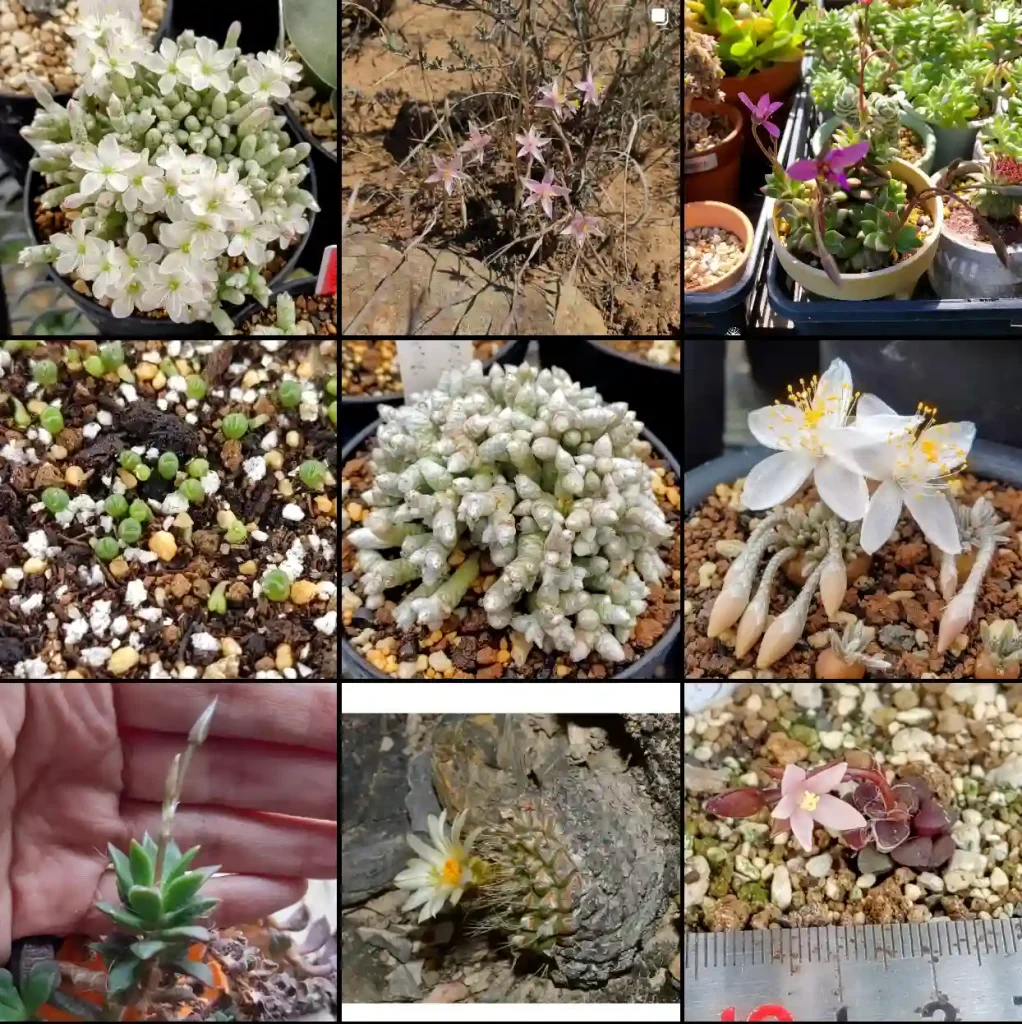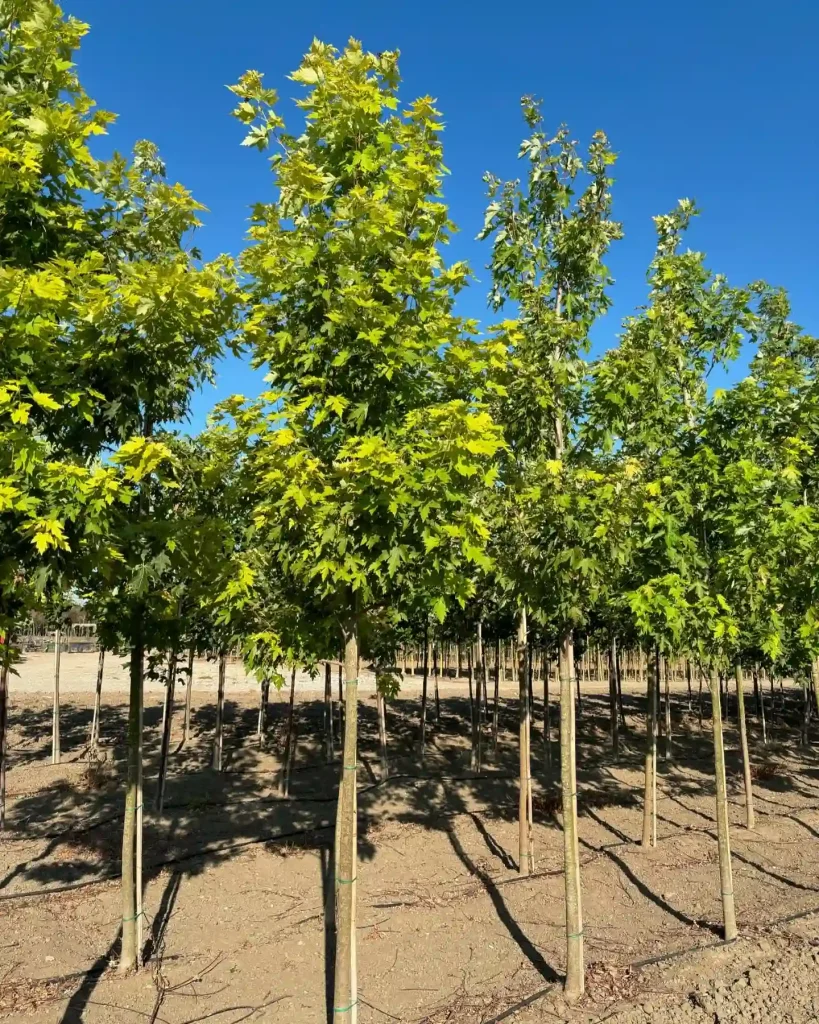
Hoya Sigillatis: A Guide for Plant Enthusiasts
Hi, Ferb Vu here. For all you Hoya fanatics out there, today we’re diving deep into the fascinating world of Hoya Sigillatis. This captivating plant boasts stunning foliage and fragrant blooms, making it a coveted addition to any collection.
Whether you’re a seasoned plant parent or a curious newcomer, this FAQ will equip you with the knowledge to cultivate a thriving Hoya Sigillatis.
566 Species in Genus Hoya
What is Hoya Sigillatis?
Hoya Sigillatis is a captivating epiphytic vine, native to the lush rainforests of Borneo. Described in 2004, this relatively new member of the Hoya family boasts unique characteristics that set it apart.
Its captivating charm lies in its elongated, narrow leaves. A mesmerizing interplay of colors unfolds – the upper surface features a deep olive green base adorned with a mesmerizing silver splash pattern. Flip the leaf over, and you’re greeted by a stunning burgundy reverse.
Light Requirements: Sun Kissed or Shade Seeker?
Unlike some Hoyas that thrive in dappled shade, Hoya Sigillatis flourishes in bright, indirect light. Think of a spot near a sunny window, but shielded from harsh afternoon rays that can scorch its delicate leaves.
Here’s a tip: Observe your plant. If the leaves start turning pale, it might be craving more light. Conversely, if they develop a reddish hue, consider providing more shade.
Watering Needs: Finding the Perfect Balance
Finding the sweet spot for watering your Hoya Sigillatis is key. It dislikes soggy soil, but also isn’t a fan of complete dryness. Aim for a consistently moist, but not waterlogged, potting mix.
Here’s a helpful trick: Stick your finger into the soil. If the top inch feels dry, it’s time for a drink. Avoid overwatering, as this can lead to root rot.
Choosing the Ideal Pot: Hanging Out in Style
Hoya Sigillatis is a natural-born climber, so a hanging basket is its ideal home. This allows its cascading vines to gracefully drape downwards, showcasing its beauty. Opt for a pot with drainage holes to prevent waterlogging.
The size of the pot should be proportionate to the plant. Don’t go too big, as this can hinder flowering.
Temperature and Humidity: Keeping it Cozy
Hoya Sigillatis thrives in average room temperatures, ranging from 65°F to 80°F (18°C to 27°C). It’s not a fan of extremes, so avoid placing it near cold drafts or heat vents.
While it tolerates average humidity levels, it truly shines in a more humid environment. If your home is on the dry side, consider using a humidifier or grouping your Hoya Sigillatis with other humidity-loving plants.
Feeding Frenzy: How and When to Fertilize
Hoya Sigillatis isn’t a heavy feeder. During its active growing season (spring and summer), a diluted dose of balanced fertilizer every few weeks will suffice. Opt for a half-strength solution to prevent fertilizer burn.
Come winter, when growth slows, ease off on fertilization entirely.
Common Hoya Sigillatis Problems and Solutions
While generally a low-maintenance plant, a few common issues can arise. Here’s how to tackle them:
- Mealybugs: These tiny white pests can suck the sap out of your plant. Isolate your Hoya and treat it with insecticidal soap or neem oil.
- Scale: These armored insects can also sap your plant’s vitality. Use horticultural oil or a cotton swab dipped in alcohol to remove them manually.
- Yellowing Leaves: This can be a sign of overwatering or lack of light. Adjust your watering routine and consider providing more indirect sunlight.
Hoya Sigillatis vs Hoya Carnosa
Both Hoya Sigillatis and Hoya Carnosa (the popular Wax Flower) are beloved members of the Hoya family. Here’s a quick comparison to help you decide which might be the perfect fit for you:
| Feature | Hoya Sigillatis | Hoya Carnosa |
|---|---|---|
| Leaf Shape | Elongated, narrow with silver speckles on top | Oval or rounded, fleshy with a waxy sheen |
| Leaf Color | Olive green with silver splashes, burgundy underside | Deep green, sometimes with variegated patterns |
| Light Requirements | Bright, indirect light | Tolerates lower light conditions |
| Growth Habit | Trailing vine, best suited for hanging baskets | Can be trained to climb or cascade |
If i die, water my plants!



